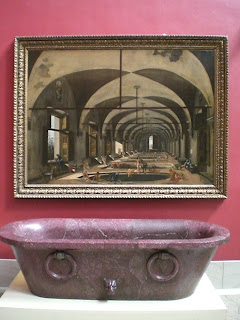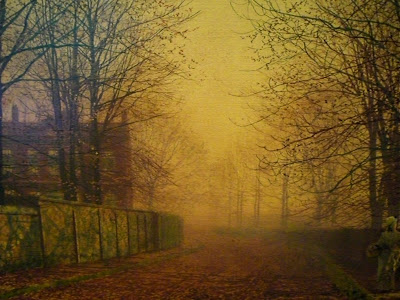Freud identified a deep layer of the human mind where memories and our most basic instincts are stored. He called this the unconscious, since most of the time we are not aware of it. The aim of Surrealism was to reveal the unconscious and reconcile it with rational life. The Surrealists did this in literature as well as art.
Surrealism also aimed at social and political revolution and for a time was affiliated to the Communist party. There was no single style of Surrealist art but two broad types are the oneiric (dream-like) work, and the automatism. Freud believed that dreams revealed the workings of the unconscious, and his famous book The Interpretation of Dreams was central to Surrealism. Automatism was the Surrealist term for Freud's technique of free association, which he also used to reveal the unconscious mind of his patients. Surrealism had a huge influence on art, literature and the cinema as well as on social attitudes and behavior.
Dorothea was the fourth wife to Max Ernst (known to many as “one of the gods”) to Surrealism. Tanning was born in Galesburg, Illinois, August 25, 1910, where she worked as a librarian. In 1930 she briefly studied at the Academy of Fine Art in Chicago, and moved to New York City where she spent her time studying art in galleries and museums.
Dorothea lived in Paris for several years and met Max Ernst (when he was married to Peggy Guggenheim) at the Julien Levy Gallery in New York where many of the Surrealists were exiled during World War II. Dorothea and Max married in 1946. Through her husband she became acquainted with the Surrealists world.
Although she married Max his work had no perceivable influence on her. Dorothea's subjects were mainly figures, interior views, and still life; the mediums oil and watercolor.
Tannings earlier surrealist evocations consisted of perverse children's games and fantasies to experiments with different paintings, and later sculptural approaches. In the late 1930's she painted young women and their sexual fears and fantasies in a hyper-realistic way. Beginning in the 1950's, however, her work became more abstract with sexual and violent images not quite clearly discernable; her involvement with symbolic and dream material has remained constant.
Despite the well-known photograph of Tanning and Ernst in Arizona, they spent much of their time in France from the late 1940s until his death. She is consequently much better known in Europe than in the U.S., though she is finally beginning to be as well known in her native country as in her adopted one.
Dorothea Tanning had her first one-woman exhibition at the Julien Levy Gallery in 1944.
Dorothea Tanning
American, born 1910
Reve (Dream)
1944 - Oil on canvas

Mini purses in a shell...
































































